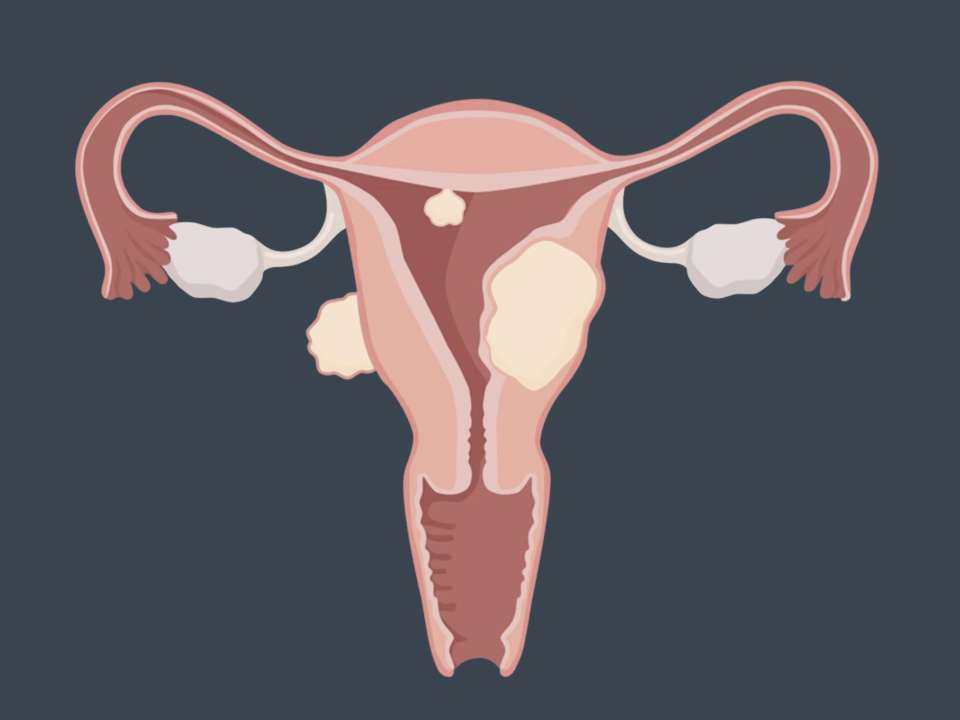
Picture this: Your heart is racing. It feels like it’s not just beating in your chest but in your throat and neck. It’s beating so hard that it’s impossible to think of anything else.
You feel short of breath, but short of breath doesn’t quite describe it. It’s more like you’re smothering or choking. And when you think about it, swallowing is difficult, too.
On top of this, you are sweating and shaking uncontrollably. And you are dizzy to the point of needing to throw up.
Your chest gets tighter and tighter. You feel a sense of impending doom. You’re worried that you may be having a heart attack. What else could it be?
Am I having a heart attack?
It’s always better to be safe rather than sorry when your heart is involved. But chances are that your terrible feelings are not those of a heart attack, but of a panic attack instead.
Approximately one quarter of patients who go to the emergency room for treatment of chest pain have panic disorder, says psychiatrist Mark Sullivan, M.D. Many of these patients are young women, among whom panic disorders are more common and heart disease is rare.
Chest pain is a symptom that can accompany panic attacks. But panic disorder is often unrecognized and untreated among young women with chest pain.
What should I do when chest pain strikes?
If you feel badly enough to wonder if you’re having a heart attack, you should go to the emergency room.
That’s because there are no single defining characteristics that will tell you if you’re having a heart attack, says, Gary Weeks, M.D., chief of cardiology at the Heart Institute at UW Medical Center - Northwest.
Can an anxiety attack really feel THAT bad?
During an anxiety attack, adrenaline courses through your body. Everyone experiences the result of this adrenaline differently, but some symptoms are common, such as a racing heart, shortness of breath, tightness in your chest, dizziness, sweating, trembling, an upset stomach and a feeling like you might die.
Unfortunately, a panic attack has symptoms that closely resemble those of a heart attack, making it hard to tell the difference between the two, says cardiologist April Stempien-Otero, M.D., who practices at the UW Medicine Regional Heart Center Cardiology Clinic.
“Your body is preparing you to either fight off a threat or flee to safety, and that’s serious stuff,” she says.
How do heart attack symptoms differ in women?
The classic symptoms of heart attack in men are a heavy central chest ache and squeezing and tightness that can radiate into the jaw or the left arm. Women may experience similar symptoms not only in the chest area but in between the shoulder blades. They can also feel generalized upper back or neck discomfort, says Weeks.
Sometimes in women, the essential feeling from a heart attack can be shortness of breath and discomfort. Women are also more likely to experience overwhelming fatigue.
What does coronary artery disease do?
Coronary artery disease (CAD) is a buildup of plaque, called atherosclerosis, in the heart’s arteries that reduces blood flow and oxygen to the heart. Risk factors include age, high blood pressure, high cholesterol, diabetes, tobacco use and a family history of early-onset heart disease.
“This means that if there is a 25-year-old woman with no risk factors, then the chances that she has coronary artery disease are very small,” says Weeks. “And because coronary artery disease is the most likely cause of a heart attack, her chances of having a heart attack are slim, too.”
The symptoms of coronary heart disease typically come on with exertion and tend to go away with rest. But there are rare syndromes that could cause a heart attack in a young woman, says Weeks. These include spontaneous coronary artery dissection, coronary artery anomalies, and stress-induced cardiomyopathy, among others.
“That’s why it’s important to go to the emergency room to get checked out if you experience relevant symptoms,” says Stempien-Otero.
What should I expect at the emergency room?
You are seen quickly at the emergency room when a heart attack is suspected. You will receive a physical exam, a troponin blood test and an electrocardiogram along with questions about your immediate symptoms and your medical history.
The doctor will assess all of these factors to determine if you are experiencing a heart attack.
If an emergency room doctor determines that you are not experiencing a heart attack, it is still a good idea to follow up with your own doctor afterwards, says Stempien-Otero. The tests in the emergency room determine only whether you’re in the midst of or just experienced an acute heart attack.
“It doesn’t necessarily mean that nothing happened but it means that you are unlikely to progress to something serious right away,” says Stempien-Otero.
How can I safely rule out a heart attack?
Stempien-Otero suggests that patients follow up with a treadmill echocardiogram test. During a treadmill echocardiogram, you exercise on a treadmill or stationary bike while your doctor monitors your blood pressure, heart rhythm and any discomfort you feel. An ultrasound picture of the heart is done to check heart function.
A treadmill echocardiogram is an easy, non-invasive test to rule out just about anything that could be wrong with your heart, says Stempien-Otero. It would pick up abnormal changes in your heart rate or blood pressure, heart rhythm, heart function or electrical activity.
If you have this test and the results are normal, it’s very reassuring, says Stempien-Otero. If you have symptoms again, you can be reassured that it’s probably okay.
And luckily, panic disorder is treatable, says Sullivan. Proven treatments include selective serotonin reuptake inhibitors such as Prozac and cognitive-behavioral therapy, he says.

 Healthy ideas for your inbox
Healthy ideas for your inbox





